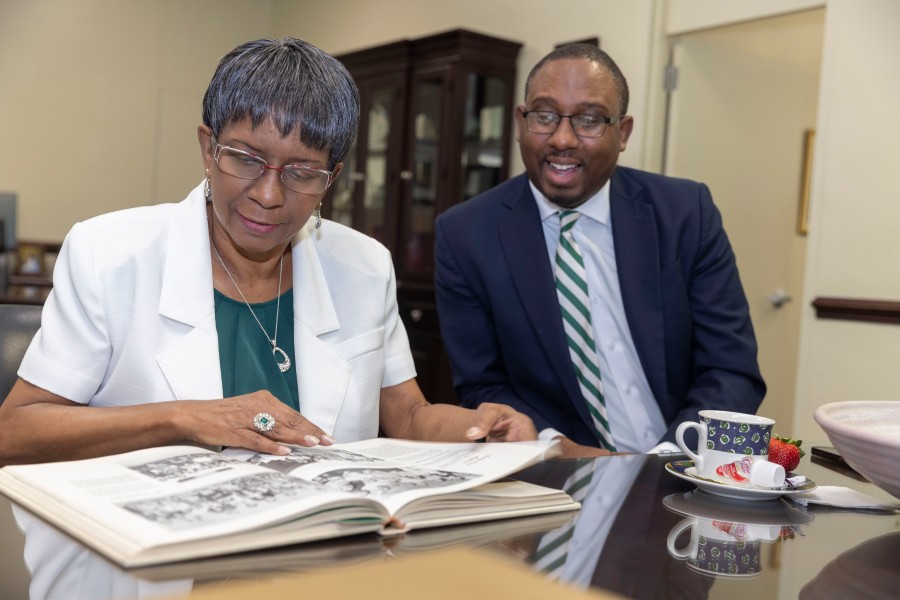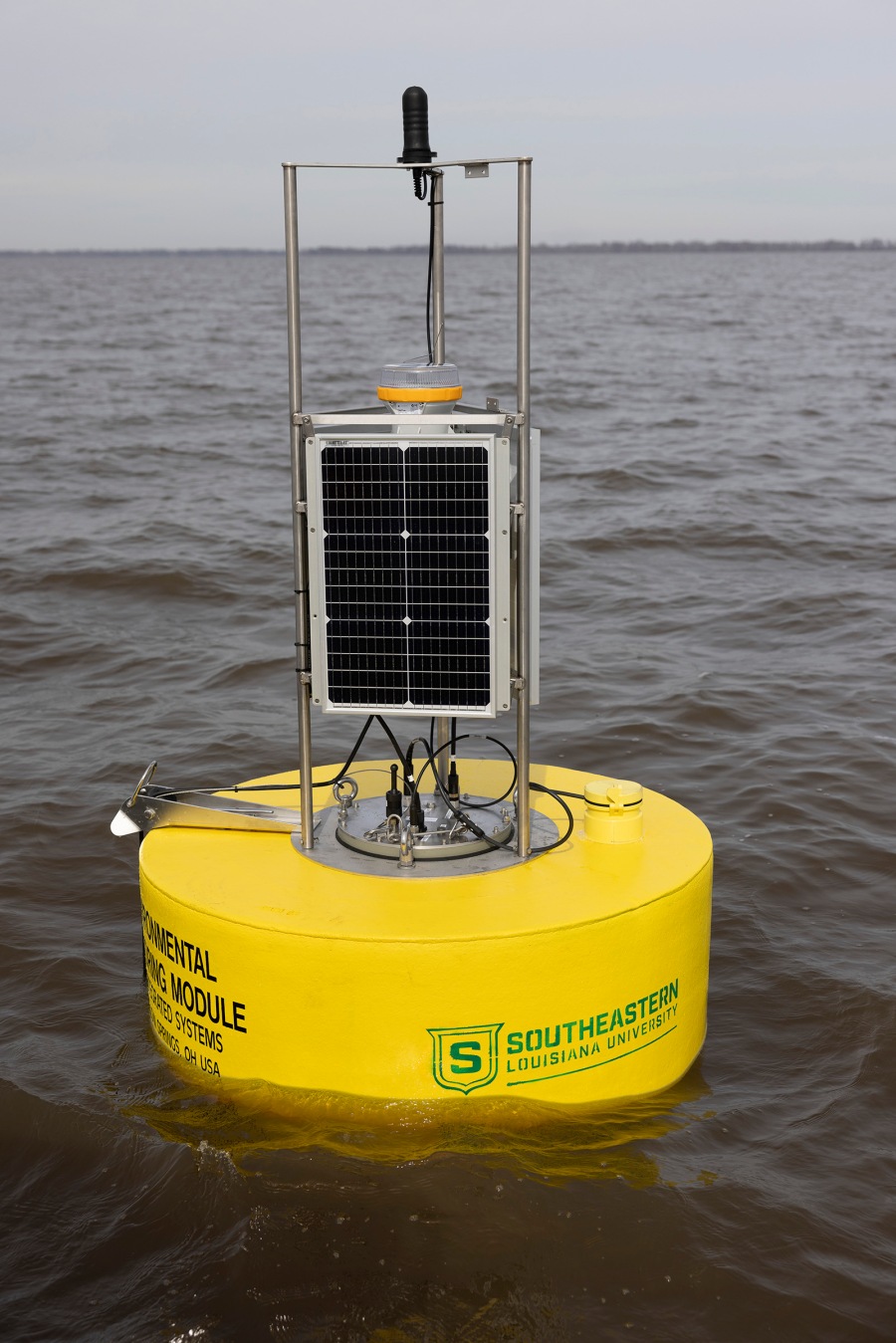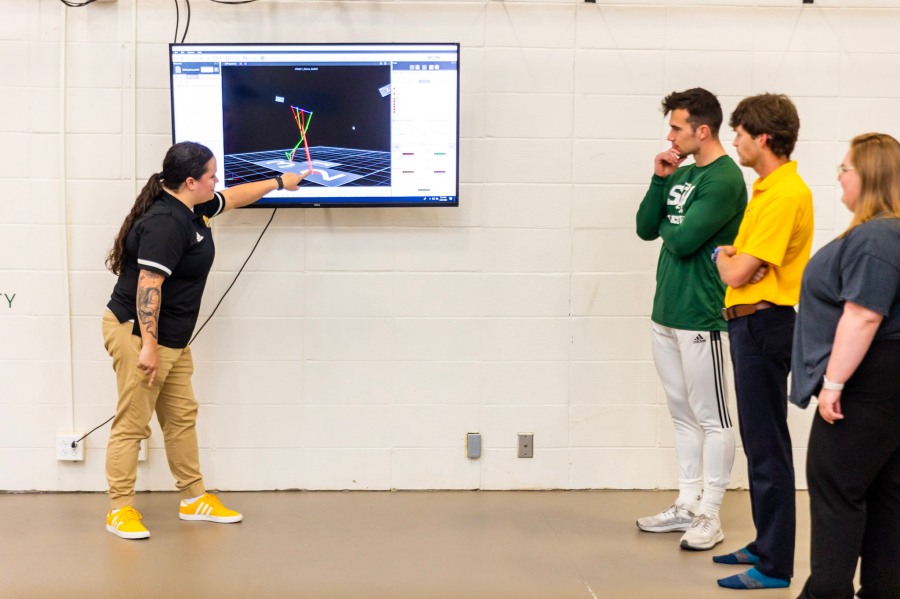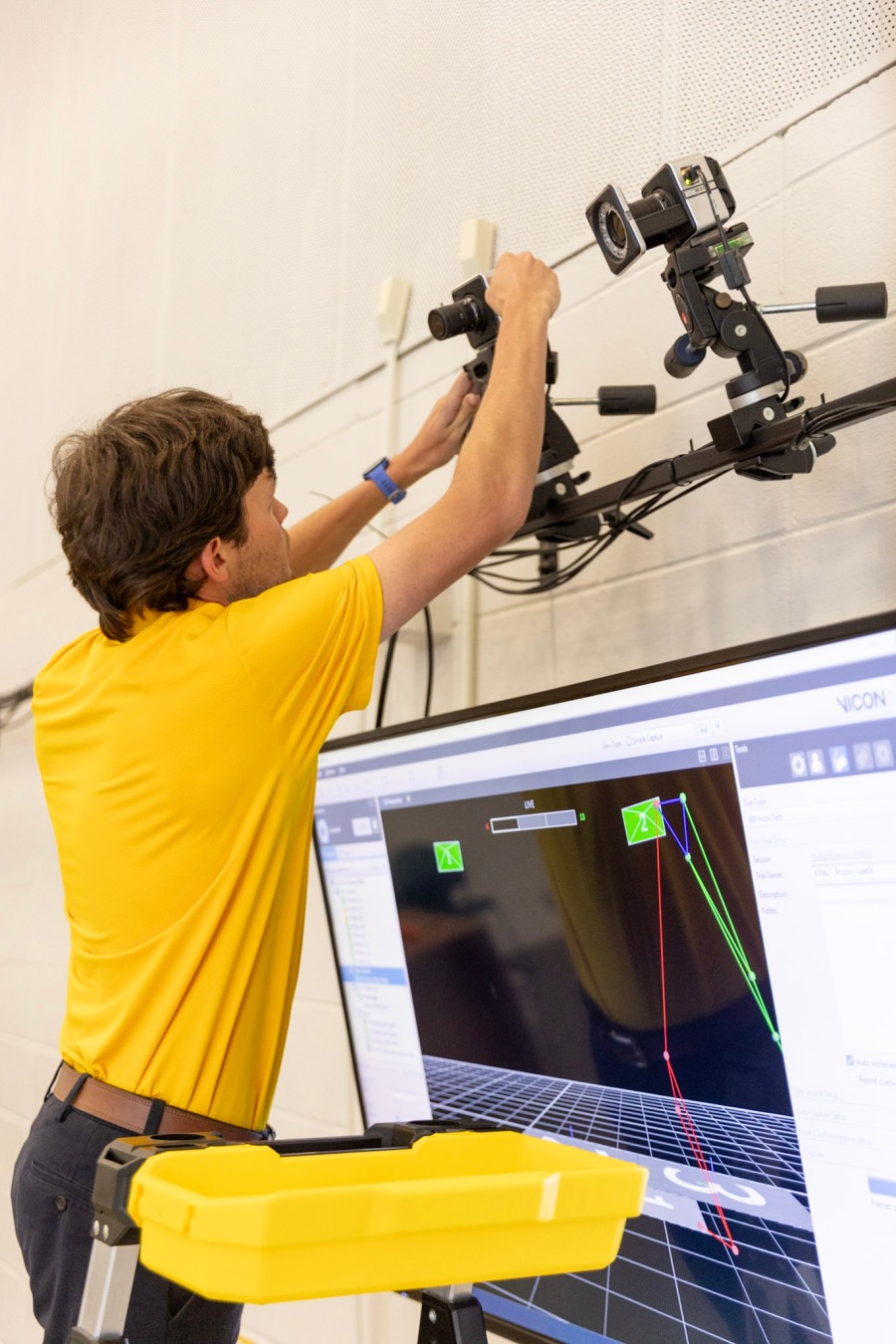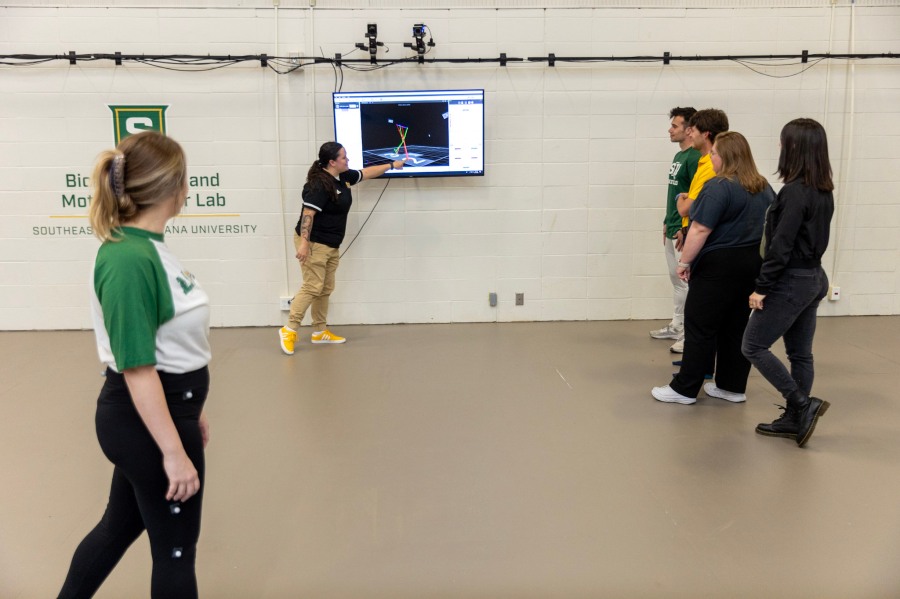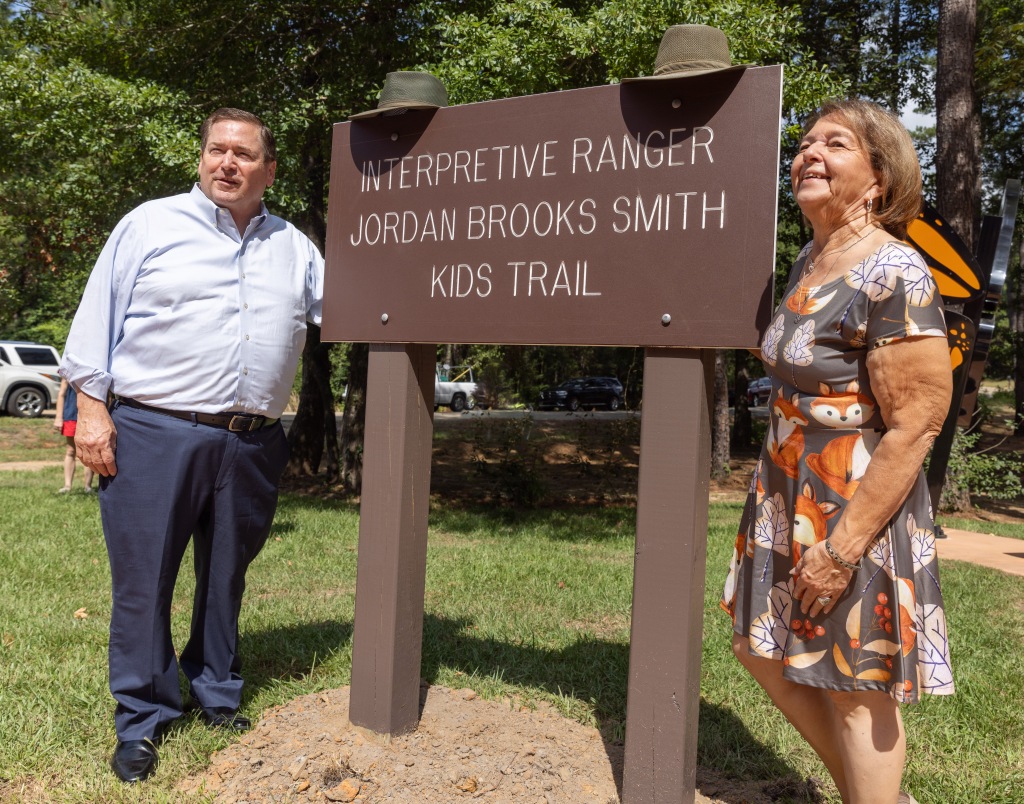Ever since Jonetta Kaiser was a small child, she knew she wanted to be a professional actress. But in addition to this resolute determination, she embodied something else that would help reach this goal and much more: a diversity of interests and an unstoppable entrepreneurial spirit.
BY SHERI GIBSON
By the time she was 13, Jonetta Kaiser was designing Myspace pages for clients, creating websites, and earning money through Google AdSense. While this alone could be considered a major accomplishment for someone so young, and was indeed an indication of the entrepreneurial drive that would remain a part of her life, for Jonetta it was also a way to help her reach her ultimate goal. She invested the small income she received in photo paper for printing and mailing headshots, taken by her sister in her grandma’s backyard, in hopes of landing roles as an actress.
After seeing the movie Salt starring Angelina Jolie, she knew for sure she had found her path.
“That’s when it kind of clicked: I could actually do this,” Jonetta said. “So, when I graduated high school, I did. I took a gap year and did extra work on sets in New Orleans. I did American Horror Story, the “Coven” season. I did a Miley Cyrus movie called So Under Cover, a Will Smith movie called Focus, and a CW TV show about aliens.”
Knowing how important STEM-related skills could benefit her throughout life, though, at the end of the gap year Jonetta, a Hammond native, enrolled at Southeastern to major in biochemistry and minor in computer science.
“I knew I needed to go to college; that was the way to do this,” she explained. “I knew I wanted to learn something in STEM, because that’s where jobs are going. That’s where the world is heading. Technology, and for example AI, is increasing at such a level that if you’re not paying attention, then you should be. I always knew that that’s where things would be 20 years from now. So, I decided that I’m going to study this, and then somewhere along the line I’ll figure out how to pivot. And I did. I really did.”
While gaining science skills is important in its own right, at first glance this field can seem quite disparate from acting. But to Jonetta, there are actually a lot of similarities, with both science and acting alike in process.
“I genuinely just love the process of figuring things out. I like challenges,” she said. “It’s the same reason I love acting so much, too, because it’s looking at something and figuring out the problem and solution. How can I get an end result? With coding, it’s starting a project and talking to a client and identifying how we can get from point A to point B. It’s the same thing with acting—you look at a script, you have a character, and then you have to figure out how can I get to the end of the script and create a journey for this part.”
Jonetta enjoyed her time at Southeastern, where she studied with her two best friends from childhood—who are great friends to this day. And while most of her time in college was spent hustling between two jobs, one at PJ’s Coffee and one at La Carreta, and being a fulltime biochemistry student, she noted that when she did have time to go to games and other events “it was always such fun. The school spirit at Southeastern was great.”
Jonetta also loved the quality of instruction at Southeastern, noting how the University had “the best teachers” and giving an anecdote about the calculus class she took. “My calculus teacher didn’t rely on calculators, and the way he explained calculus was next level; I still have those memories with me forever. And I grew to love calculus—which no one loves calculus. But it was because I really understood the why behind the course.”
After three years of acquiring a solid base of science and technology skills, in 2018 Jonetta suddenly woke up one day with an instinctual pull that it was time for her to make her pivot back to acting. With new professional headshots in hand, she boldly made the trip by herself to California in chase of her dream.
Because of how expensive Los Angeles is, she first lived on military base Camp Pendleton in Oceanside while commuting three hours to the city for acting classes and auditions. But she was soon able to start landing parts, and after only six months, she made the move to Los Angeles.
While she was able to start seeing her goals as an actress come true, Jonetta discussed how she couldn’t have done it without the technology skills she had earned as a student—with almost all working actors and actresses needing other revenue streams as they get started or to keep busy between jobs.
“Los Angeles is so expensive, and you really need to figure out how you’re going to get by,” she said. “The reality is that actors can make a lot of money, but if you have no other skills and you just come out [to Los Angeles] and want to be an actor, you’re going to have a tough time. You have to figure out how you’re going to make money and acquire some skills until you become the next Angelina Jolie.
“I’ve been fortunate to consistently work since I moved out here in 2018. I started working right away as an actress, but most of the time as an actor, you’re unemployed. So, it’s been incredibly helpful—the skills that I acquired when I went to Southeastern, to learn how to create websites because I took computer science classes as a biochemistry major.
“I’m so grateful for that time. Honestly, I wouldn’t have known what to do otherwise.”
While parts started rolling in remarkably quickly for Jonetta, her favorite one so far has been Sonya Sharp in the Peacock series Vampire Academy, based on the best-selling book series. Not only did Jonetta identify greatly with the character as a fellow bookworm, but the series was also both one of her favorites as a child and her gateway into the genre. “The reason I loved Twilight and The Vampire Diaries was because of Vampire Academy books,” she said.
Learning that she would get to play Sonya was a surreal realization for Jonetta—and the start of an amazing new experience. With the series filming in Spain for seven months in 2022, she was able to learn Spanish, a useful skill which she is grateful to now have for wherever she may go in the future—and more travel is a definite on her list. She was able to do greenscreen work and be on wires, which she loved. Since her character can communicate with birds, she was also excited to get to feed and interact with trained crows.
And as with all her roles, it was the work and process of finding the character that also really spoke to her. “The prep work is my favorite because that’s where you do the work. You’re finding the character and then it comes alive when they call ‘action,’” she said.
Since Vampire Academy, Jonetta also starred in the movie A Party to Die For before the SAG-AFTRA strike. And with this development, having other skills has become even more essential than ever for actors.
“Right now we’re seeing that if you have no skills, what are you going to do?”, Jonetta commented. “Hollywood is completely shut down right now. No one is working. If you’re not an A-list star to have made millions of dollars to support your home, you have to figure out how you’re going to survive. You have to have a skill. And going to school and learning how to survive in the real world first is probably your best bet.”
During this acting downtime, Jonetta has indeed kept busy with not only hobbies but also other work. In addition to some of her favorite activities, such as reading, making jewelry, and taking Pilates classes, she’s been working on a couple of AI-based startups with her boyfriend and also building websites for clients, doing coding. While she has been lucky enough to have worked on a popular show that helps pay the bills, it hasn’t put any damper on her drive to continue to achieve more.
And while her acting prospects are indeed bright, her potential for success in other fields is also limitless. Her positive attitude, down-to-earth and friendly personality, and energetic dedication to work, coupled with her belief in education, also serve to enhance this.
“I always knew if I were to pursue acting that the skills I acquired while I was at Southeastern, learning coding and other things, would come in handy and would be essential for me to know,” she said.
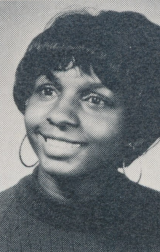 Patricia knew she wanted more, for both herself and her future children, and to guarantee that she would need to rely on herself. Driven by this realization and determination, she continued to shine academically, even through being part of the first integrated class in Springfield in 1970. She took the ACT test, applied to Southeastern, and was accepted to begin that fall.
Patricia knew she wanted more, for both herself and her future children, and to guarantee that she would need to rely on herself. Driven by this realization and determination, she continued to shine academically, even through being part of the first integrated class in Springfield in 1970. She took the ACT test, applied to Southeastern, and was accepted to begin that fall.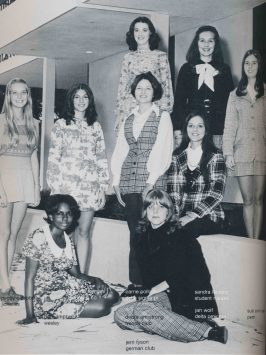 ngs and moved onto Southeastern’s campus, first in Livingston Hall then eventually Hammond Hall. She also changed her major from education to business accounting.
ngs and moved onto Southeastern’s campus, first in Livingston Hall then eventually Hammond Hall. She also changed her major from education to business accounting.